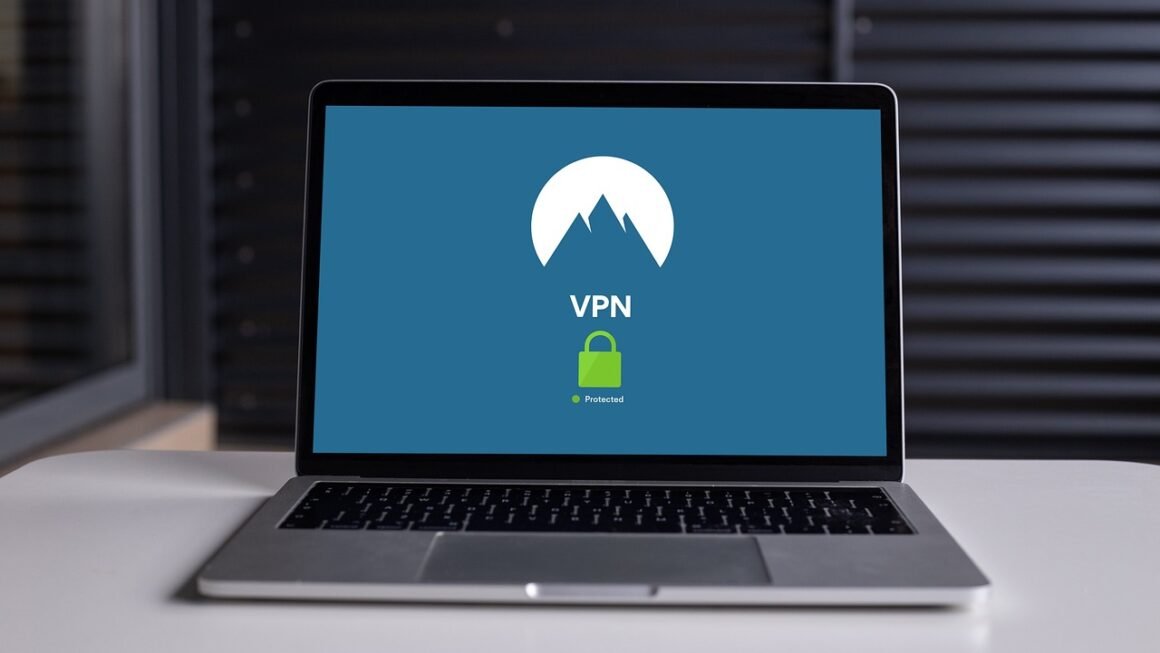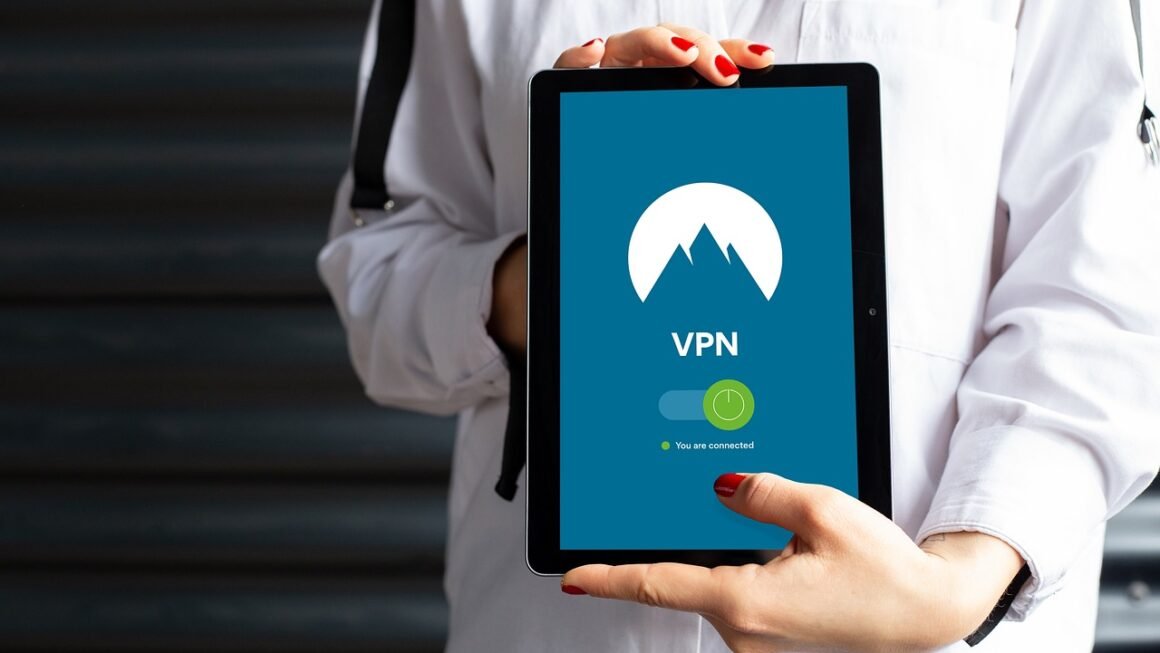Imagine discovering someone has been using your credit card, opened a bank account in your name, or even filed taxes using your Social Security number. This nightmare scenario is identity theft, and it’s becoming increasingly prevalent in our digital age. Understanding how identity theft occurs, how to protect yourself, and what to do if you become a victim is crucial for safeguarding your financial and personal well-being. This blog post delves into the complexities of identity theft, providing you with the knowledge and tools you need to stay safe.
Understanding Identity Theft
Identity theft occurs when someone steals your personal information, such as your name, Social Security number, credit card numbers, or other identifying data, and uses it without your permission to commit fraud or other crimes. This can have devastating consequences, impacting your credit score, finances, and even your reputation.
Common Types of Identity Theft
- Financial Identity Theft: This involves using your personal information to open credit card accounts, take out loans, or make purchases.
Example: Someone steals your credit card number and makes unauthorized purchases online.
- Government Identity Theft: This involves using your information to file fraudulent tax returns, obtain government benefits, or commit other crimes.
Example: A thief uses your Social Security number to file a tax return and claim a refund.
- Medical Identity Theft: This involves using your information to obtain medical care, prescription drugs, or commit insurance fraud.
Example: Someone uses your insurance information to receive medical treatment, potentially impacting your medical history.
- Criminal Identity Theft: This involves using your information to commit a crime, leading to legal problems for you.
Example: Someone uses your name and driver’s license information to impersonate you during a traffic stop.
- Child Identity Theft: This involves using a child’s Social Security number to open accounts or commit fraud.
Example: A thief uses a child’s Social Security number to apply for government benefits.
Statistics on Identity Theft
According to the Federal Trade Commission (FTC), identity theft is a widespread problem. In 2023, the FTC received over 5.7 million reports of fraud, with identity theft being a significant portion of those reports. The impact of identity theft can be substantial, with victims losing thousands of dollars and spending countless hours resolving the issues.
How Identity Thieves Obtain Your Information
Identity thieves employ various methods to steal your personal information, both online and offline. Understanding these methods can help you take preventive measures.
Phishing and Smishing
- Phishing: This involves sending fraudulent emails or text messages that appear to be from legitimate organizations, such as banks or credit card companies. These messages often trick you into providing your personal information.
Example: You receive an email that looks like it’s from your bank, asking you to update your account information. Clicking on the link takes you to a fake website designed to steal your login credentials.
- Smishing: This is similar to phishing but uses text messages instead of emails.
Example: You receive a text message claiming that there’s a problem with your Amazon account and asking you to click on a link to resolve it.
Data Breaches
- Data breaches occur when companies or organizations that hold your personal information experience a security breach, allowing thieves to access your data.
Example: A retailer you frequently shop at experiences a data breach, exposing your credit card information, name, and address.
Mail Theft and Dumpster Diving
- Mail Theft: Stealing mail from your mailbox can provide thieves with access to bank statements, credit card bills, and other sensitive documents.
- Dumpster Diving: Sifting through your trash can reveal discarded documents containing personal information.
Social Media Oversharing
- Sharing too much personal information on social media can make it easier for thieves to piece together your identity.
* Example: Posting your birthday, address, and family names on social media can help thieves answer security questions or create fraudulent accounts.
Protecting Yourself from Identity Theft
Taking proactive steps to protect your personal information is crucial in preventing identity theft. Here are some practical tips:
Secure Your Online Accounts
- Use Strong, Unique Passwords: Create strong passwords that are difficult to guess and use a different password for each online account. Use a password manager to securely store and manage your passwords.
- Enable Two-Factor Authentication (2FA): 2FA adds an extra layer of security to your accounts by requiring a second verification method, such as a code sent to your phone, in addition to your password.
- Be Cautious of Phishing Emails and Texts: Never click on links or provide personal information in response to unsolicited emails or text messages. Verify the sender’s legitimacy by contacting the organization directly.
- Keep Your Software Updated: Regularly update your operating system, web browser, and antivirus software to patch security vulnerabilities.
Safeguard Your Personal Information
- Shred Sensitive Documents: Shred documents containing personal information, such as bank statements, credit card bills, and medical records, before discarding them.
- Be Careful with Social Security Number: Avoid carrying your Social Security card with you and only provide your Social Security number when absolutely necessary.
- Monitor Your Credit Reports: Obtain a free copy of your credit report from each of the three major credit bureaus (Equifax, Experian, and TransUnion) annually and review them for any suspicious activity. You can do this at AnnualCreditReport.com.
- Secure Your Mailbox: Use a locking mailbox or rent a post office box to prevent mail theft.
Monitor Your Financial Accounts
- Review Your Bank and Credit Card Statements Regularly: Check your bank and credit card statements for unauthorized transactions.
- Set Up Account Alerts: Set up alerts for unusual activity on your bank and credit card accounts.
What to Do If You Are a Victim of Identity Theft
If you suspect you are a victim of identity theft, take immediate action to minimize the damage and restore your identity.
Report the Identity Theft
- File a Report with the FTC: File a report with the Federal Trade Commission (FTC) at IdentityTheft.gov. This report will help you create an identity theft affidavit and develop a recovery plan.
- File a Police Report: File a report with your local police department. Having a police report can be helpful when dealing with creditors and other organizations.
Contact Affected Institutions
- Contact Your Bank and Credit Card Companies: Notify your bank and credit card companies immediately to report any unauthorized transactions and close any compromised accounts.
- Contact the Credit Bureaus: Contact the three major credit bureaus (Equifax, Experian, and TransUnion) to place a fraud alert on your credit report. A fraud alert requires creditors to take extra steps to verify your identity before opening new accounts in your name. You can also consider placing a credit freeze on your credit report, which prevents anyone from accessing your credit report without your permission.
- Contact the Social Security Administration: If your Social Security number has been compromised, contact the Social Security Administration to report the theft.
Monitor Your Credit and Accounts
- Continue to Monitor Your Credit Reports: Regularly monitor your credit reports for any new unauthorized accounts or other suspicious activity.
- Monitor Your Financial Accounts: Continue to monitor your bank and credit card accounts for any unauthorized transactions.
Conclusion
Identity theft is a serious crime that can have long-lasting consequences. By understanding the risks, taking preventive measures, and acting quickly if you become a victim, you can protect yourself from identity theft and minimize the damage. Stay vigilant, stay informed, and take control of your personal information.



